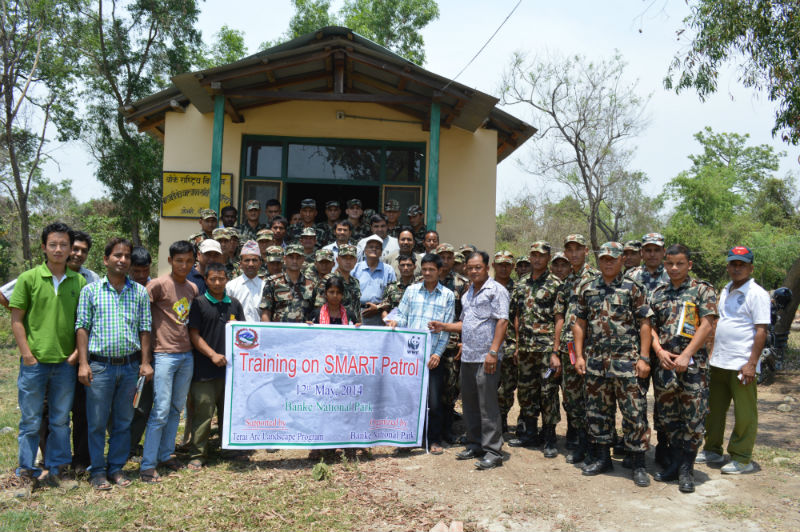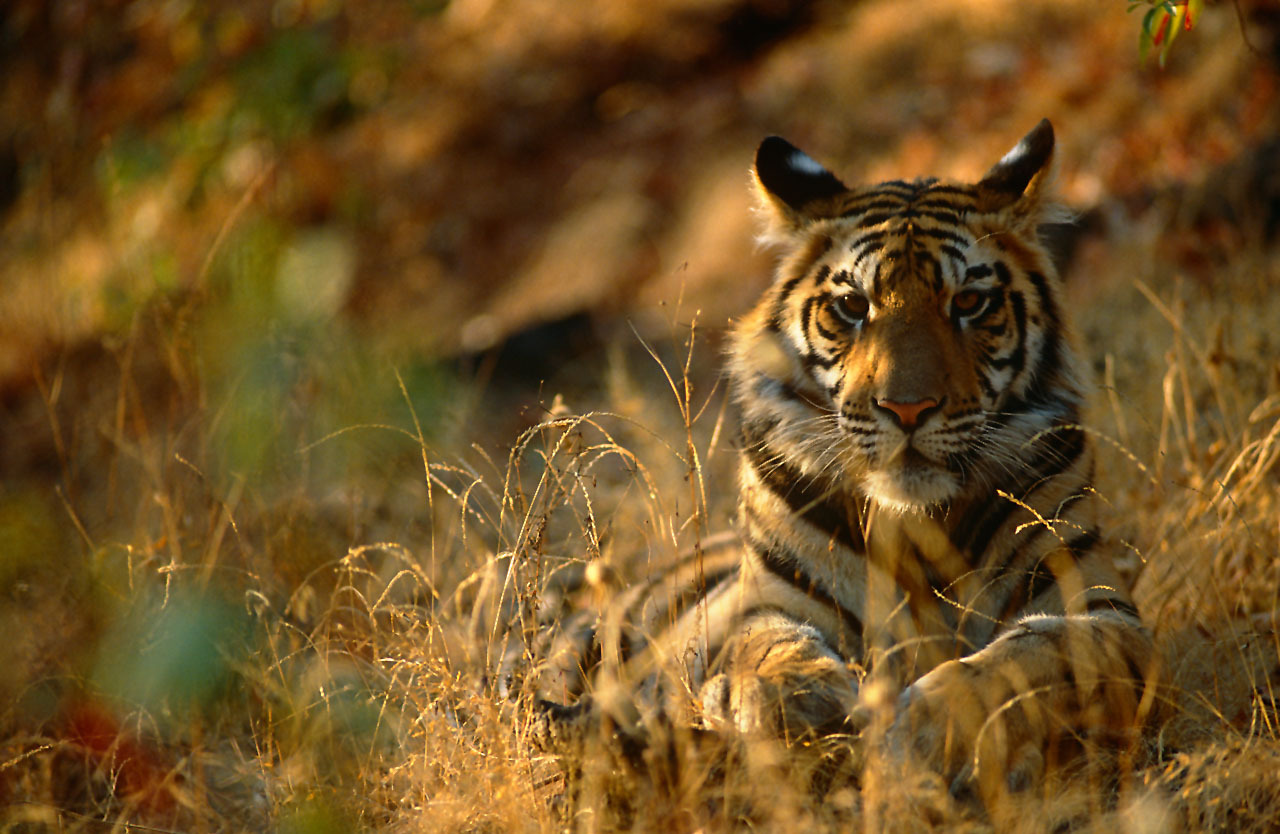Poachers still threaten protected tigers. Here’s how you can stop them
WWF had tracked the endangered Bengal tiger for months, using data from the GPS collar he’d been fitted with after being relocated out of harm’s way and into Nepal’s Bardia National Park. We saw him explore Bardia, establish a territory and circle a potential mate.
And then one day, his signal stopped moving. The WWF conservation team only found the collar. All signs indicate he was killed and sold off, piece by piece, to fuel Asia’s growing market for illegal wildlife products.
By moving this tiger to Bardia, WWF saved him from one of the two greatest threats tigers face: the lack of suitable habitat. But we weren’t able to save him from the other threat: Poaching.
The tigers in Nepal rely on wildlife rangers drawn from local communities to protect habitat and patrol against poachers. And many of those wildlife rangers rely on WWF-Canada to help purchase more anti-poaching and surveillance equipment and ensure adequate field patrols, site assessments and field-worker training.
WWF-Canada has already helped achieve a 60 per cent growth in the tiger population in Nepal since 2010. At that time, there were only 121 tigers in the country. Now, there are at least 198, according to the latest national tiger survey.
It’s part of a global trend that has seen the worldwide tiger population grow for the first time in more than 100 years. There are now about 3,900 wild tigers in the world, up from a low of 3,200 in 2010.
Concerned by that low point in 2010, WWF helped get the 13 countries with wild tigers to commit to doubling the population to 6,400 by 2022, the Chinese year of the tiger. It’s now the halfway point of that timeline, but we’re only one-fifth of the way toward the Tx2 goal.
That’s why we need your help.
Your donation will support WWF-Canada’s efforts to prevent illegal tiger poaching, protect tiger habitat and conduct tiger population monitoring. Here’s how:
Collaboration with local authorities and communities
- WWF-Canada supports wildlife rangers, law enforcement agencies and local communities to prevent illegal tiger poaching and trade of tigers.
- We engage and provide training for local communities in tiger population monitoring, habitat improvement activities and awareness-raising campaigns.
SMART training
- As wild tiger populations grow, they become an easier target for poachers – their No. 1 threat. Anti-poaching technology plays an essential role in Nepal’s fight against poaching.
- WWF-Canada supports these efforts through funding to train rangers on the Spatial Monitoring and Reporting Tool (SMART), which improves the way information is captured and the quality of data collected during patrols.
- This will allow staff to better plan, evaluate and implement their conservation efforts.
- We also provide funding for camera traps to help local communities keep track of tiger numbers.
Conservation Assured Tiger Standards (CA|TS)
- As wild tiger populations grow, we must also add new protected areas so that tigers have enough space to roam and to nurture their population.
- Additionally, we must ensure that these protected areas are managed in a way that will lead to successful conservation. This is being achieved through a set of criteria known as Conservation Assured Tiger Standards (CA|TS).
- WWF-Canada supports the implementation of CA|TS, which will be the key to meeting the Tx2 goal.
- Nepal currently has one CA|TS approved site, the Chitwan National Park, and is working to increase this number to four approved sites.
What you can do to help
- Donate now
- Symbolically adopt a tiger
- Spread the message about the plight of wild tigers #doubletigers
- Help prevent illegal wildlife trade by refusing to buy tiger parts and products prepared from tiger derivatives.




